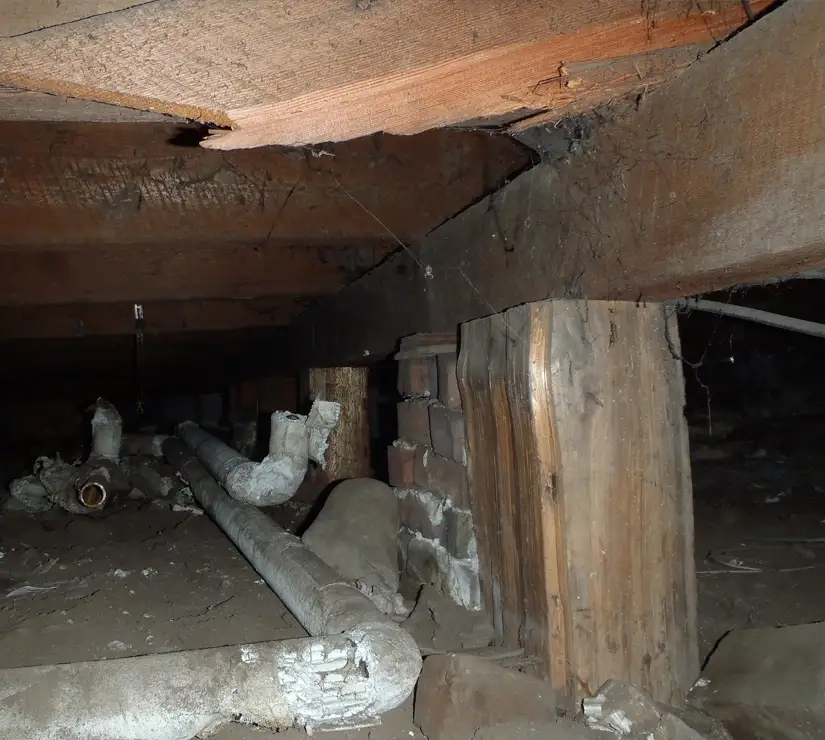Heritage Restoration
Wentworth Villa required extensive and careful restoration before opening to the public as an architectural heritage museum. Skilled volunteers dedicated countless hours to this effort, and in recognition of this work, Heritage BC awarded the museum the Outstanding Achievement Award for Heritage Conservation in 2016. Discover some of the details of the restoration process here or book a guided tour to find out more.
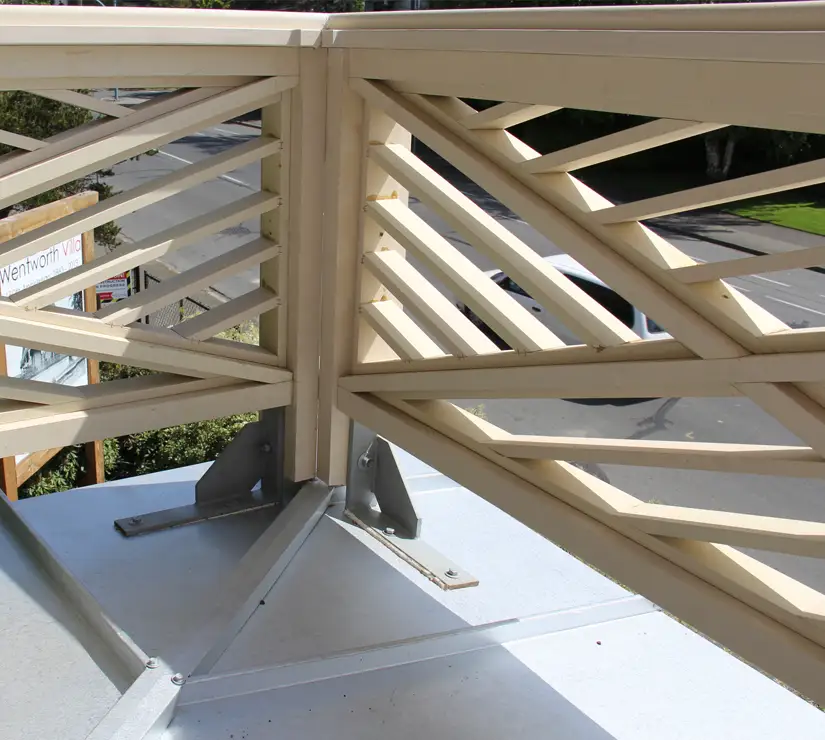
The Balustrade
The complex wooden balustrade, mounted prominently on the south–facing veranda roofline, enhances the Carpenter Gothic styling of Wentworth Villa. For reasons unknown, the balustrade was removed from the Villa between 1900 and 1905. Restoration of the Villa included an accurate reconstruction of the balustrade, resulting in the most significant aesthetic change to the Villa.
Close examination of 19th-century photographs aided the reconstruction efforts. Built onsite and installed in segments, the balustrade includes 127 different angles and 830 individual wood segments totalling 2510 board feet of clear vertical grain fir. Concealed fasteners prevent their deterioration while making it possible to replace components as needed, and the balustrade is supported by semi-visible steel support brackets.
Wallpapers, Plaster & Paint
Restoration efforts did not return the walls and rooms to how they would have looked over a hundred years ago; rather, the white walls serve as exhibit spaces dedicated to residential heritage architecture. Decorative styles from the past were revealed, though, as the restoration unveiled at least 8 layers of wallpaper in each room and 100 different types of wallpaper. Each layer was analyzed, labelled, and then filed in a flat file. The wallpaper came from Europe and used natural dye sources, so although initially vibrant, the colours faded quickly.
Underneath the wallpaper was plaster applied to lathe, which had fallen away completely in some areas. These sections were carefully repaired, and in some cases, plaster washers were countersunk to hold the plaster on to the lathe. Additionally, all paint and paint colours used throughout the life of the house were discovered through a detailed paint analysis: using a scalpel, layers of paint were taken from every surface and examined under a microscope.
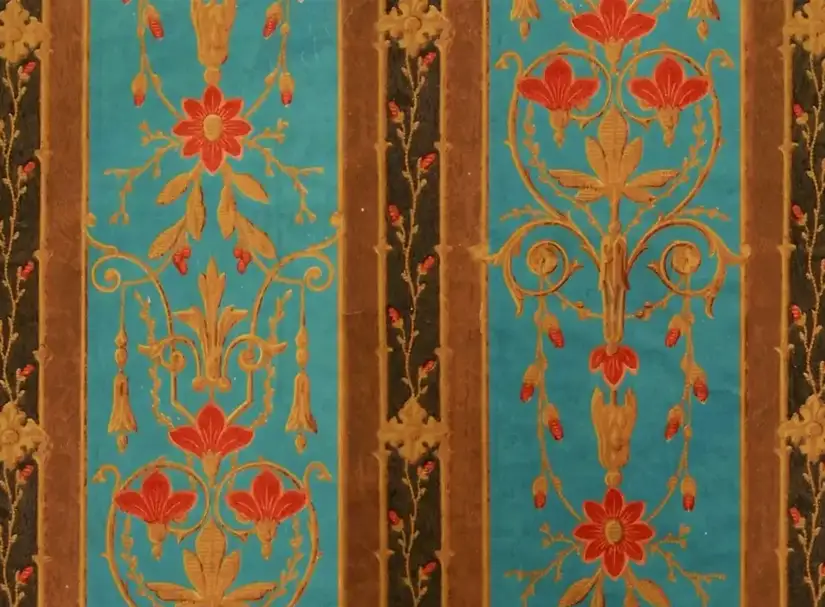
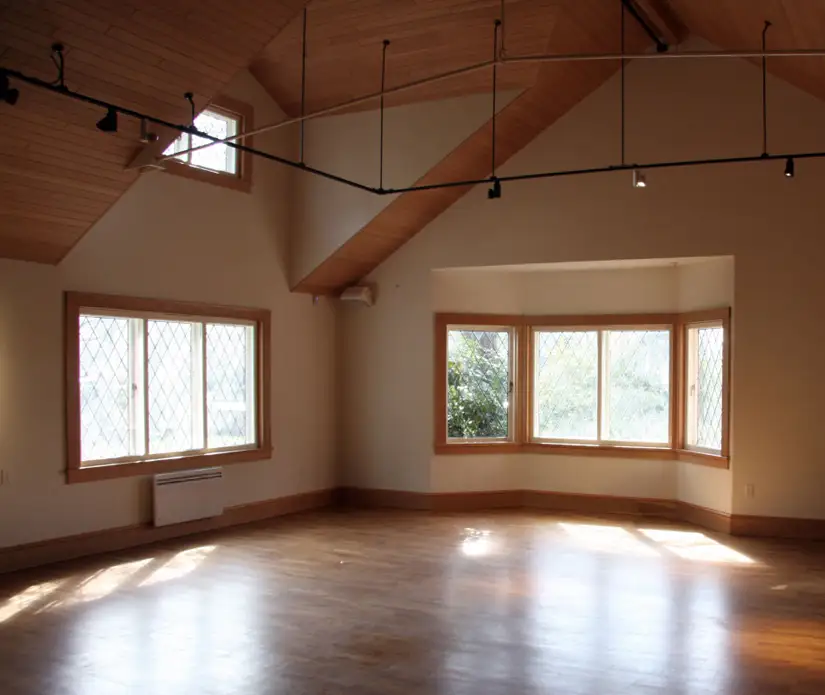
Grand Hall
A one-level addition to Wentworth Villa was built in 1956. It provided living space for the Grant family while the rest of the Villa operated as an antique store. The addition included a living room, kitchen, and bathroom. The bathroom used the original plumbing from 1904, which consisted of 8-inch diameter clay piping that had been used as ballast on ships sailing from England. A second level for bedrooms was added in 1976.
During the restoration of the Villa, this addition became the Grand Hall. The flooring from 1956 was kept, and due to the Villa’s heritage site designation, the windows remain where they were originally placed even though some seem oddly positioned for such a space. The second level was removed and the ceiling acoustically finished, making the Grand Hall ideal for the museum’s annual concert series performances.
Heating System & Flooring
Coal-burning fireplaces were the original source of heat for the Villa. Today, the fireplaces remain, but heat comes from heat exchangers located in the attic and crawlspace. Ducting runs in the open chimney spaces to the fireplaces, which have special flashings to obscure the ductwork from view.
The Villa’s wood floors are original and some were uncovered for the first time during the restoration process. Flooring in one of the rooms had been covered by wall-to-wall carpet right from the start, others had rugs on them, and the front entrance floor was covered in an oilcloth.
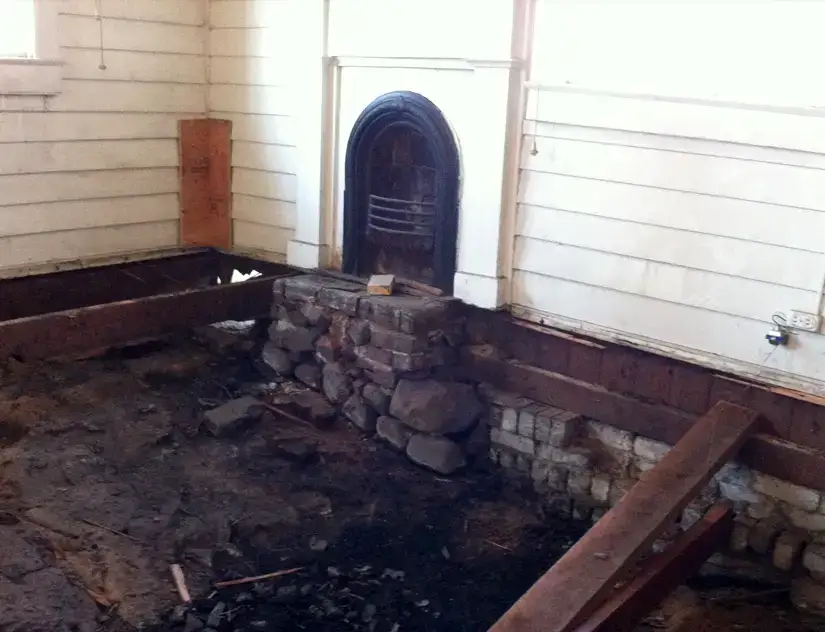
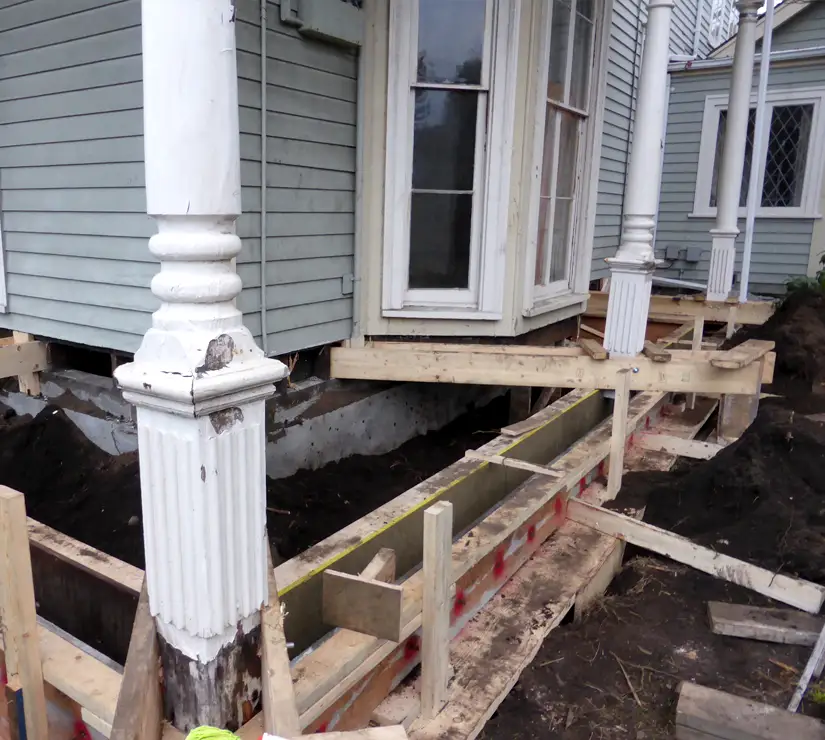
Finials and Posts
The finials adorning Wentworth Villa consist of three separate sections connected by 2-inch dowels. One of the finials was fully replaced during restoration of the Villa, while others have original middle sections with the top and bottom sections replaced using local fir. The only original finial is on display in the museum. It has the initials of Lancelot Nesbitt, the grandson of Henry and Martha Ella, carved into it.
The veranda initially had pairs of slender wooden posts, but these were changed in 1890 to rounded columns. All the columns are original except one, which was filled with rot. These one-piece columns were milled in Victoria, each from old growth fir. For the one replacement column, a mill in Delta laminated 20 pieces of fir together before shaping the column to keep the wood from warping.
Doors and Windows
Over the life of Wentworth Villa, the doors were moved to other frames or removed altogether and set aside due to the settling of the house. Hardware was exchanged between doors and mismatched. Returning each door to its rightful place involved detailed investigation, including tracking down every single piece of hardware to make sure doors and hardware were once again properly matched and in their intended places.
Many of the double-hung windows had been painted or caulked shut. Some of the weights were stuck, wood was rotten, or latches and sash locks worn or broken. Almost all of the windows in the Villa still display their original glass; any replacements have been done with glass from the 1860s.

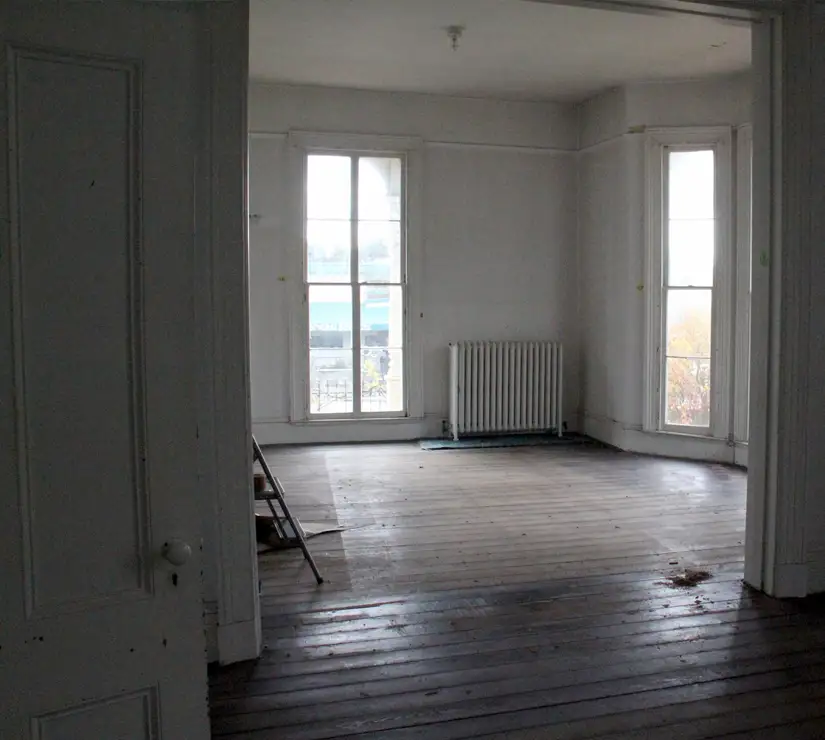
Floor Boards
Transformation of Wentworth Villa into a public space required the installation of a fire sprinkler system. In order to save the original plaster and ceiling papers on the main floor, the system was installed by pulling up the floorboards on the second floor. In the process, all boards were cleaned, labelled, and measured before being stored on custom-built racks.
To ensure accurate reinstallation, the exact position of each board on the floor joists was documented. After the sprinkler system was installed, the floorboards were reinstalled using the original clipped head square nails whenever possible. The reinstallation is accurate to within 1/32nd of an inch.
The Foundation
The most substantial part of Wentworth Villa’s restoration was the seismic reinforcement of the foundation. For 151 years, the Villa rested on a combination of brick piers, rough split fir on flat rocks, and granite chimney footings. All the granite footings sank over time, and the crawlspace varied in height from 24 inches at its highest point to 0 inches at its lowest. The foundation was dug out by hand to increase the crawlspace height to 36 inches.
A concrete foundation wall was installed around the building’s perimeter encasing and preserving the original foundation, and additional concrete footings with fir posts were added intermittently under the floor beams. Over the years, as the Villa settled, adjustments were made to windows, doors, thresholds, hearths, and floorboards to accommodate the settling. Restoration of the Villa did not include re-levelling it; rather, it was left in its settled state to retain the character accumulated over time as a result these adjustments.
